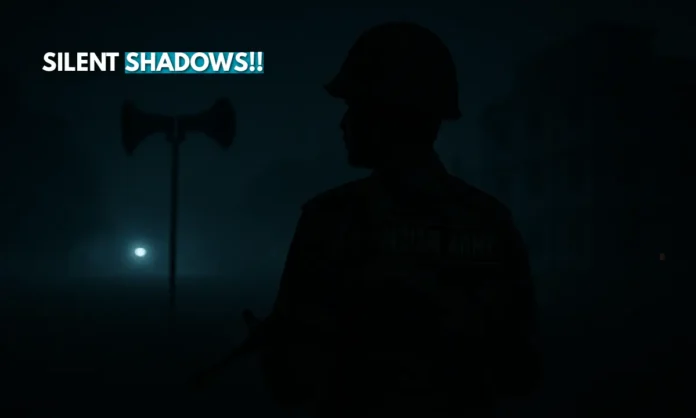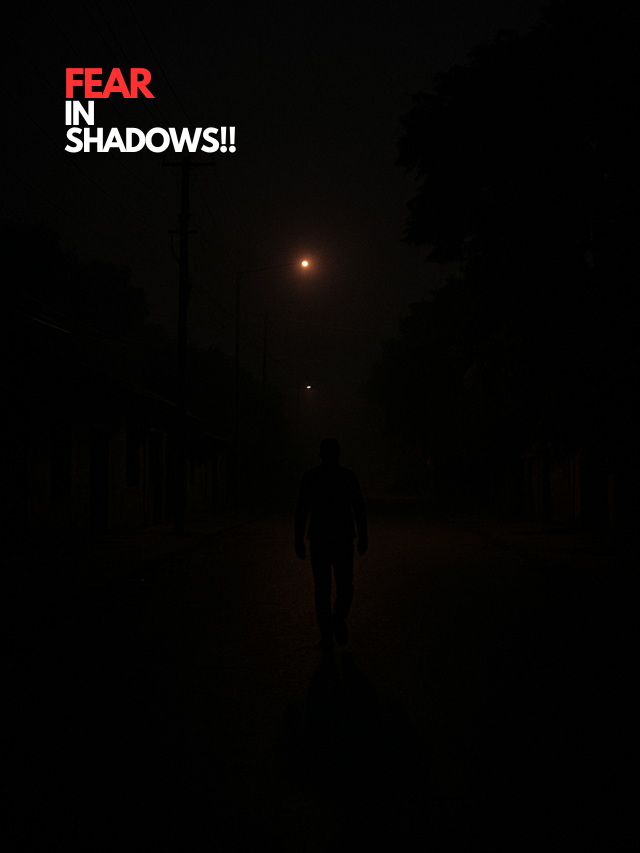SUMMARY
● Indian Army conducts full blackout drill in Ferozepur cantonment amid ‘prevailing war threats’
● Pahalgam terror attack triggers escalated military readiness and diplomatic retaliation
● Speculation grows over possible cross-border military action, echoing 2016 and 2019 precedents
Darkness as Preparation: Inside India’s Strategic Blackout Response
In a stark reminder of escalating Indo-Pak tensions, the Indian Army conducted a complete blackout rehearsal at the Ferozepur cantonment in Punjab on Sunday night. Total darkness was maintained from 9 pm for thirty minutes, with all visible lights—including inverter and generator outputs—mandated to be switched off. The drill, announced through loudspeakers across the cantonment, was not just a precautionary measure but a visible show of preparedness for any possible conflict escalation.
Following the devastating terrorist attack in Pahalgam that claimed 26 lives, India’s security calculus has shifted sharply. A high-level meeting chaired by Prime Minister Narendra Modi has granted the armed forces “full operational freedom” to respond. In this volatile environment, blackout drills are no longer symbolic exercises; they are live rehearsals for rapid defensive and offensive readiness, showing India’s willingness to prepare for a range of military contingencies.
🚨 Ferozepur Goes Dark In Cantonment
— The New Indian (@TheNewIndian_in) May 4, 2025
Lights switched off in the area near Hussainiwala border in Ferozepur Cantonment in Punjab.
The rehearsal of blackout is being seen in the run-up to action being planned by India in response to Pahalgam terror attack.
Rohan Dua reports. pic.twitter.com/ye1UXhsotn
A City in Darkness: Blackout Drill Signals Serious War Preparations
- Indian Army holds complete blackout rehearsal in Punjab’s Ferozepur
- Residents instructed to cut all visible lights, including inverters and generators
- Aimed at enhancing preparedness amid fears of escalation with Pakistan
- Echoes war-era civil defence practices from previous Indo-Pak conflicts
On Sunday night, Ferozepur cantonment in Punjab plunged into deliberate darkness for 30 minutes. As part of a military-organized blackout drill, residents were ordered to turn off all lights, ensuring that even inverter and generator outputs were masked from view.
According to a letter issued by cantonment authorities to the Deputy Commissioner, the rehearsal was conducted “in view of prevailing war threats.” Loudspeakers warned locals of the upcoming drill, emphasizing the importance of readiness as tensions with Pakistan escalated after the Pahalgam attack. The exercise revives memories of blackout protocols last seen during past wars, suggesting that India’s military is taking no chances.
Pahalgam Attack Aftermath: Retaliation Measures Already Underway
- April 22 Pahalgam terror attack kills 26 civilians, blamed on Pakistan-based groups
- India halts visas, closes land borders, suspends the Indus Water Treaty, and bans airspace access
- Diplomatic ties with Pakistan downgraded significantly post-attack
- Full operational freedom granted to Indian armed forces by PM Modi
The blackout drill is only one dimension of India’s wider retaliatory posture. Following the killing of 26 civilians by terrorists in Pahalgam, Prime Minister Narendra Modi chaired a high-level meeting with Defence Minister Rajnath Singh, NSA Ajit Doval, and top military leadership.
In response, India unleashed a slew of non-military punitive measures targeting Pakistan diplomatically and economically. These steps mirror, and in some cases escalate, India’s 2019 and 2016 responses to major terror attacks. India’s armed forces have now been granted complete operational freedom to act, a sign that military action remains firmly on the table.
A Pattern of Cross-Border Responses: Will History Repeat Itself?
- In 2016, India conducted surgical strikes across the Line of Control in retaliation for Uri attack
- In 2019, Balakot airstrikes followed the Pulwama terror attack
- Blackout drills suggest preparation for potential escalatory cycles with Pakistan
- No official announcement yet on military strikes, but strategic ambiguity maintained
Observers note that India’s past responses to cross-border terrorism involved swift military strikes designed to deter further attacks without triggering full-scale war. After the Pulwama attack in 2019, Indian jets crossed into Pakistani territory to bomb a Jaish-e-Mohammed training camp in Balakot. Similarly, after the Uri attack in 2016, Indian special forces launched surgical strikes across the Line of Control.
The Ferozepur blackout drill, therefore, is being seen not just as a precautionary measure but possibly as groundwork for future action. Maintaining ambiguity allows Delhi strategic flexibility, keeping Islamabad guessing while reinforcing domestic and international resolve.
Beyond the Blackout: Testing India’s Resolve and Pakistan’s Response
The night-time darkness over Ferozepur is more than a tactical exercise—it is a visible marker of a fraught geopolitical moment. As India weighs its options after Pahalgam, the nation is simultaneously signaling readiness and restraint. Whether or not a retaliatory strike materializes, the message is unmistakable: India is prepared for escalation, and its resolve to respond decisively to terrorism remains undiminished.
In the shadow of blackout drills and diplomatic disengagements, South Asia once again finds itself standing at a critical and perilous crossroads.



